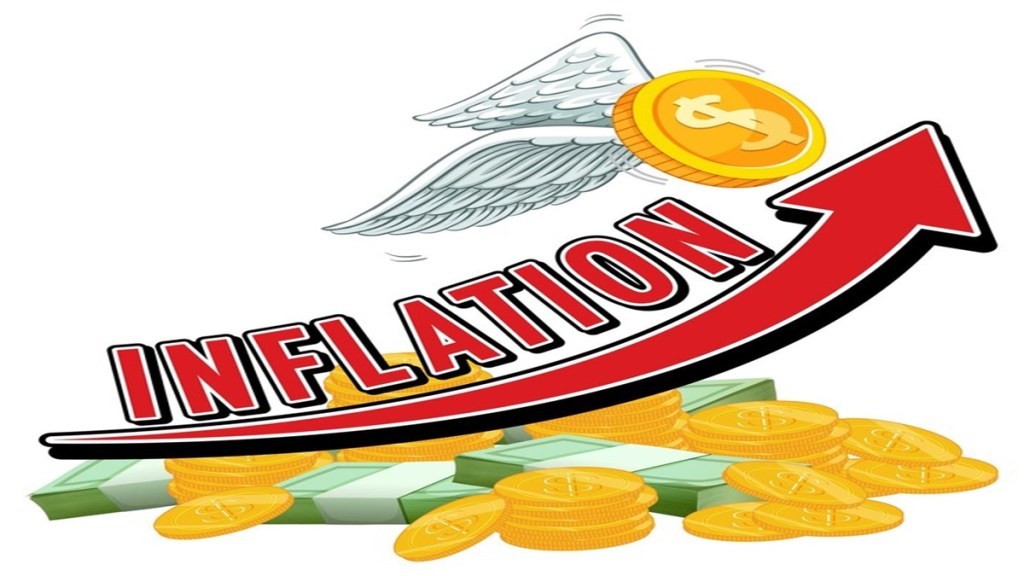The unpleasant surprise in the retail inflation number for October, which rose to a 14-month high of 6.2% year-on-year (y-o-y), has all but pushed a rate cut by the Reserve Bank of India (RBI) in December out of the window. After a very benign 3.5% increase in August and 5.49% in September, the spike in October, higher than expectations, is discomforting. While the Monetary Policy Committee (MPC) did ease the stance from withdrawal of accommodation to neutral at the last meeting in October, the RBI’s tone didn’t really soften. The central bank has repeatedly articulated it would stay steadfast in its objective to tame inflation and bring it down to 4% on a durable basis. In fact, over the past month, RBI Governor Shaktikanta Das has observed it would be “very risky” to cut policy rates, given the many imponderables including rising commodity prices and geopolitical conflicts.
The main reason for the October spike was the sharp 10.87% rise in food prices following an equally worrying 9.24% in September. To be sure, the RBI has, on occasions, looked the other way when prices of vegetables increased on account of their seasonal and transitory nature. However, the increases seem to be taking place far too often for comfort. It’s not simply vegetables; even cereal prices were up nearly 7% and of pulses by nearly 8%, both of whom contributed to the higher inflation, as did edible oils. While vegetables may become cheaper with the winter setting in, the rise in prices of cereals and edible oils might prove to be sticky. Again, the monsoons have been reasonably good and the kharif estimates are reassuring, so prices of rice and wheat could remain where they are. However, this time around core inflation, which has been relatively benign, went up to 3.7% y-o-y from 3.5% y-o-y in September, the highest level seen since January. Experts believe core inflation may be bottoming out, in which case there is cause for concern.
In fact, headline consumer price index inflation could well retrace to 5.6-5.7% levels in November. However, current trends suggest that inflation in the December quarter could come in above 5%, above the RBI’s projection of 4.8%. As such, inflation for FY25 could overshoot the central bank’s prognosis of 4.5%, thanks to the several new variables that will come into play post-Donald Trump’s electoral victory in the US. The most important of these is imported inflation due to the depreciation of the Indian currency — which fell to a new low of Rs 84.3925 on Tuesday — against a strengthening dollar. The RBI will understandably want to assess the state of financial markets; in particular it will watch the yields on US treasuries, which have been rising on anticipation of a loose fiscal policy, and the currency, before it acts.
While high frequency indicators and corporate results for the September quarter were poor and suggest consumption demand, especially in urban India, has been weakening, some of the concerns have been alleviated by better data for October for goods and service tax collections, car sales, etc. The central government has lowered its GDP growth forecast for the second quarter in FY25 to 6.8% but retains the full-year FY25 growth forecast at 7.2%, much above consensus levels. The RBI’s overriding concern on inflation might well see it looking past the loss of momentum in the economy. But, should the slowdown persist, it must cut rates.


